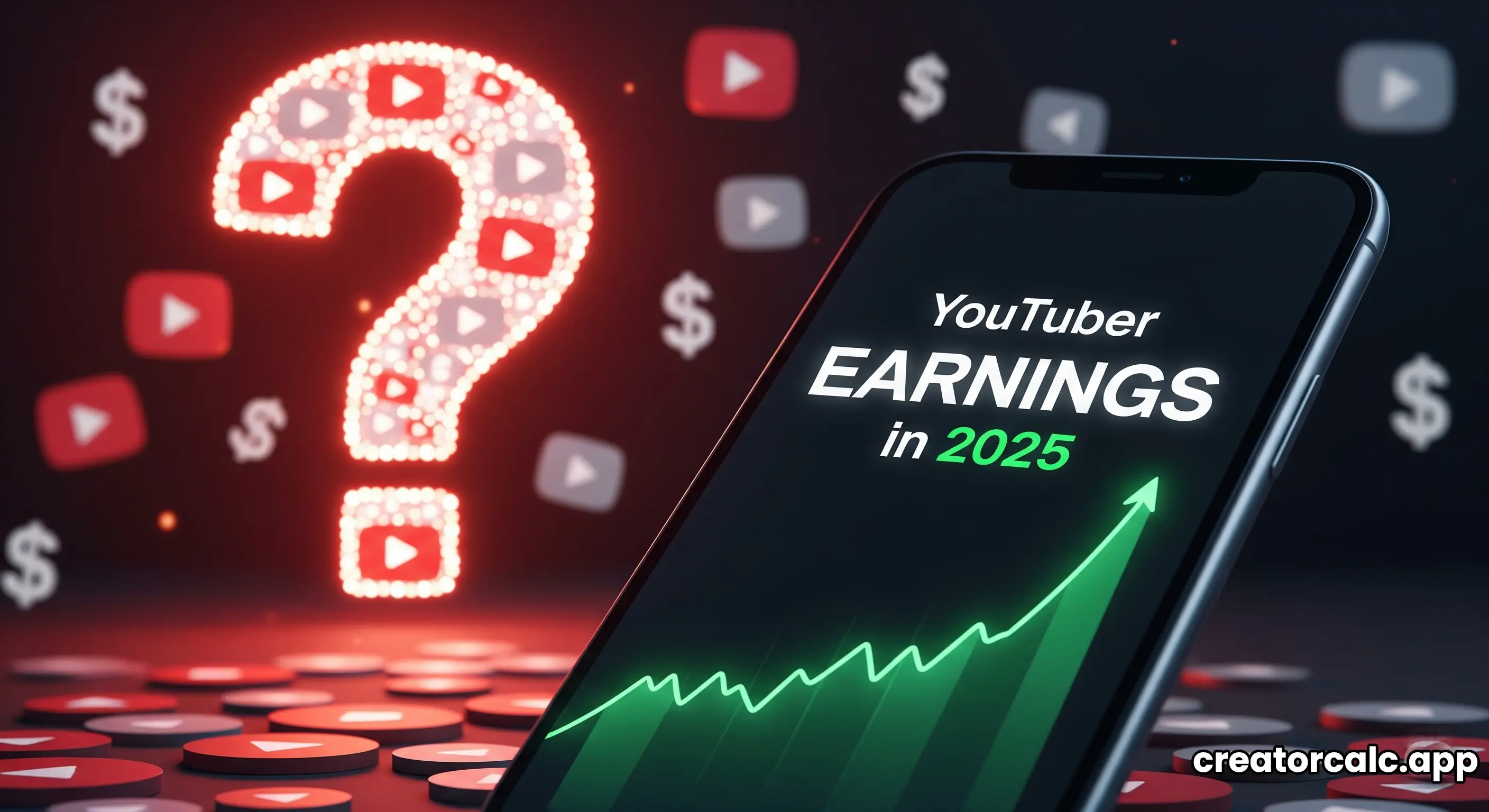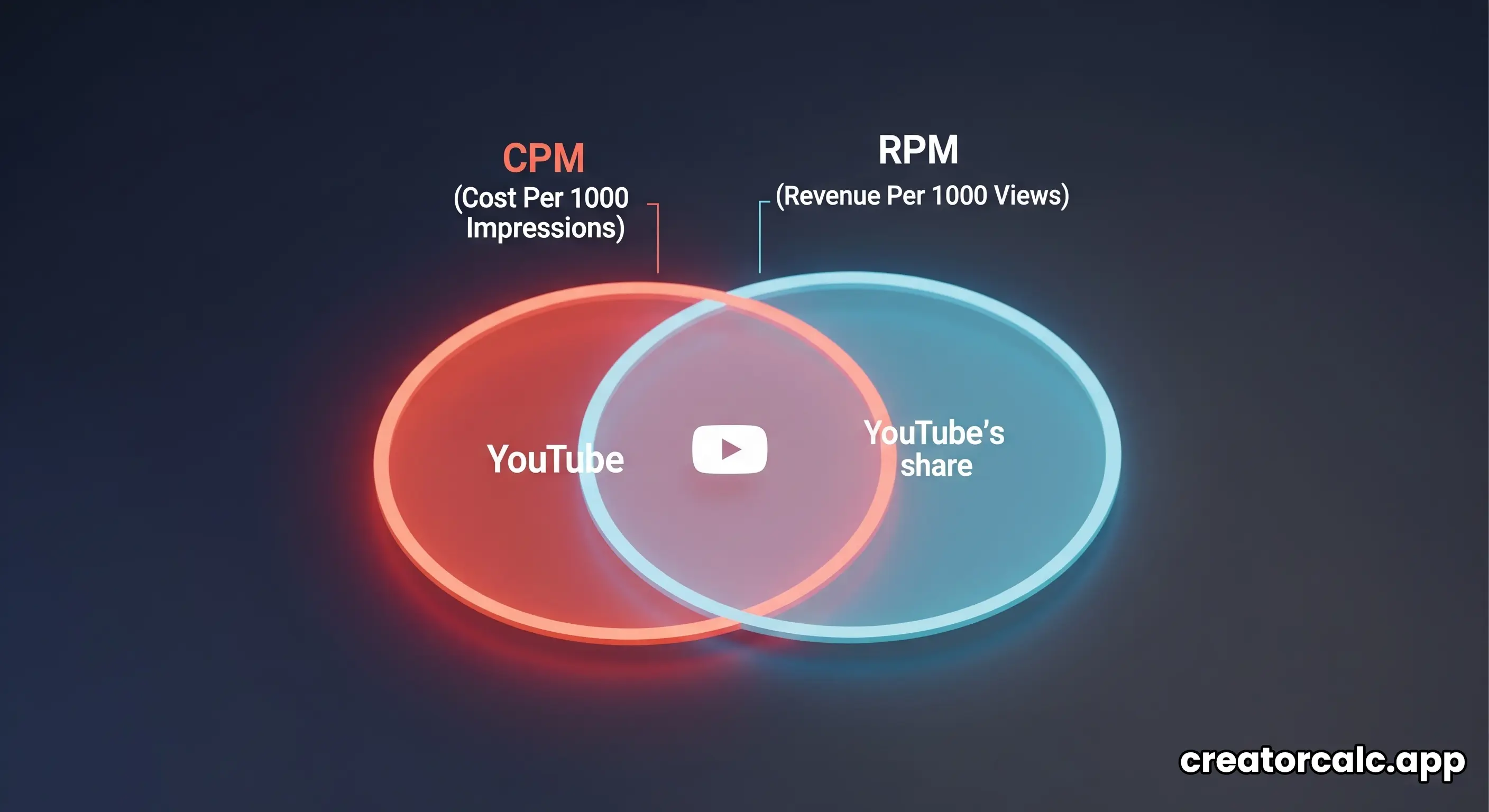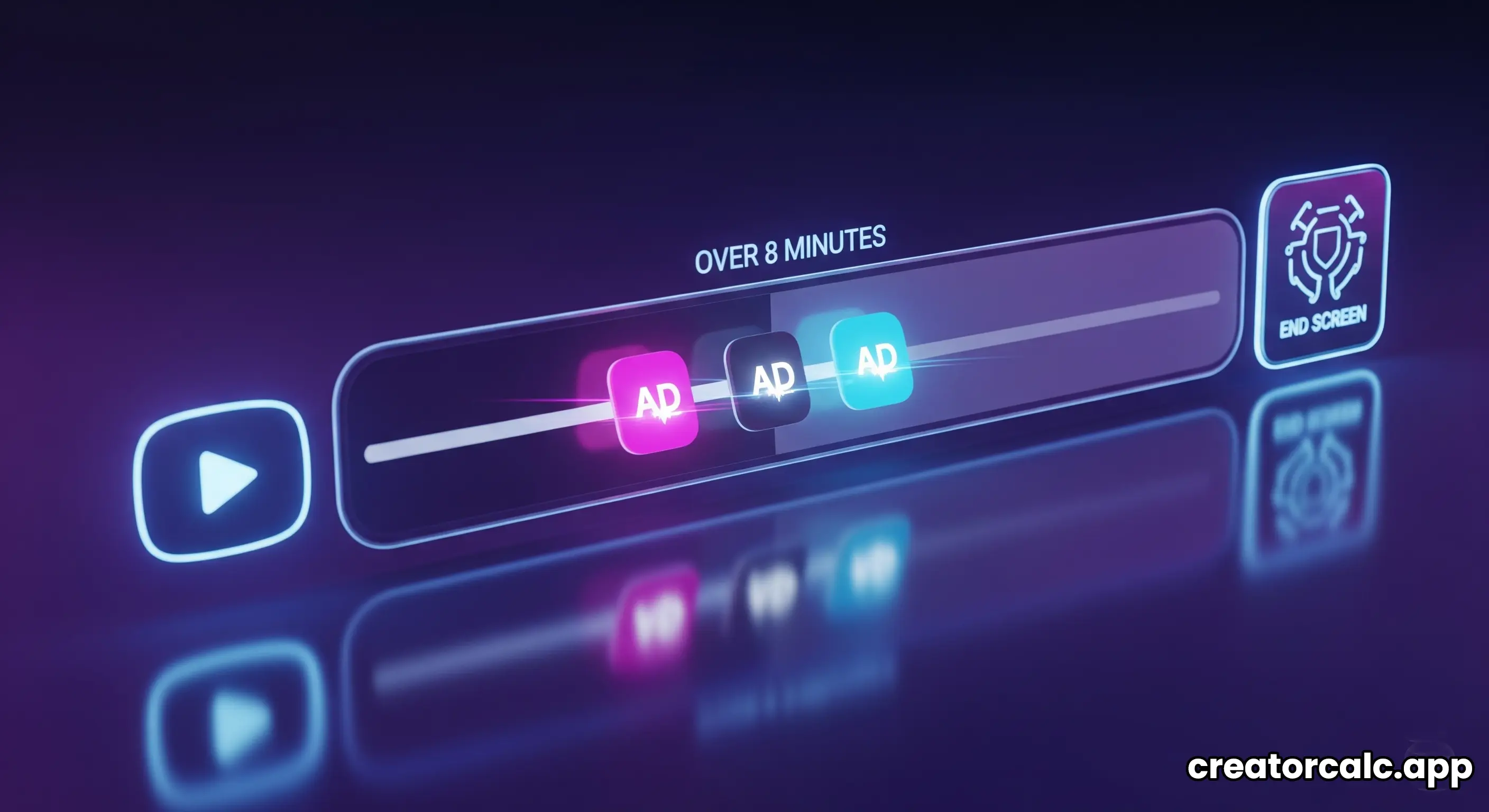You see YouTubers with millions of subscribers. They live in big houses and drive fancy cars. It makes you wonder, "Exactly how much do YouTubers make?" The answer is not simple. It's more than just a big view count. A channel with 100,000 views can sometimes earn more than a channel with 1 million views.
In this guide, we will break down the real numbers. We will show you the main ways YouTubers earn money. We will also explain the key factors that decide their income. By the end, you will have a clear idea of how YouTube money really works.

The Main Source of Income: Google AdSense
The most common way YouTubers get paid is through Google AdSense. This is the program that puts ads on their videos. You have seen them. They play before, during, or after a video.
What is CPM and RPM?
These two terms are very important for understanding YouTube earnings.
- CPM (Cost Per 1000 Impressions): This is how much advertisers pay for 1,000 ad views. A high CPM means advertisers are paying a lot to show ads on your type of content.
- RPM (Revenue Per 1000 Views): This is your actual earning for every 1,000 video views. This number is always lower than the CPM because it's calculated after YouTube takes its 45% cut and considers that not every view has an ad.
So, when people ask how much do YouTubers make, the RPM is the most important number to look at for ad revenue. Our guide on RPM explains this in more detail.

Advertisement
Key Factors That Decide YouTube Earnings
So, why does one channel have a high RPM and another a low one? It depends on several factors. It's not just about views.
1. Video Niche (The Topic)
This is the biggest factor. Some topics are more valuable to advertisers. A video about finance, technology, or cars will have a very high RPM. A channel about comedy or pranks will usually have a lower RPM.
2. Viewer's Location (Geography)
Where your viewers live matters a lot. Advertisers pay more to show ads to people in countries like the USA, UK, and Canada. An Indian creator with a large American audience will likely earn more than a creator with a large Indian audience, even with the same number of views.
3. Video Length
Longer videos can earn more money. If a video is over 8 minutes long, the creator can place multiple ads (mid-roll ads) in the middle of the video. More ads mean more chances to earn.

So, What's the Real Number?
Let's talk about average RPMs. These are just estimates. Your own RPM can be different.
On average, a YouTube channel's RPM can range from $0.50 to $15 USD. A finance channel targeting a US audience might have an RPM of $15 or even higher. A gaming channel might have an RPM of $1.
Let's do some math. A channel gets 1 million views in a month.
- With a $1 RPM: 1,000,000 views / 1000 * $1 = $1,000
- With a $10 RPM: 1,000,000 views / 1000 * $10 = $10,000
The difference is huge! You can use our YouTube Money Calculator to estimate earnings based on different RPMs.
Frequently Asked Questions (FAQs)
1. Do I need 1 million subscribers to make money?
No. You can start making money after joining the YouTube Partner Program. The requirements are 1,000 subscribers and 4,000 hours of watch time in the last 12 months.
2. Do YouTubers get paid for likes or comments?
No. YouTubers do not get paid directly for likes or comments. However, high engagement tells the YouTube algorithm that your video is good. The algorithm then shows your video to more people, which leads to more views and more ad revenue.
3. Is AdSense the only way to make money on YouTube?
Absolutely not! It's just the beginning. Successful YouTubers diversify their income. They make money from brand sponsorships, selling their own products (merchandise), and affiliate marketing. Check our guide on diversifying creator income to learn more.
4. How long does it take to get your first YouTube payment?
You must reach a payment threshold of $100 USD. Once your AdSense balance reaches $100, YouTube will process your payment in the following month. We cover this in detail in our guide to your first YouTube paycheck.